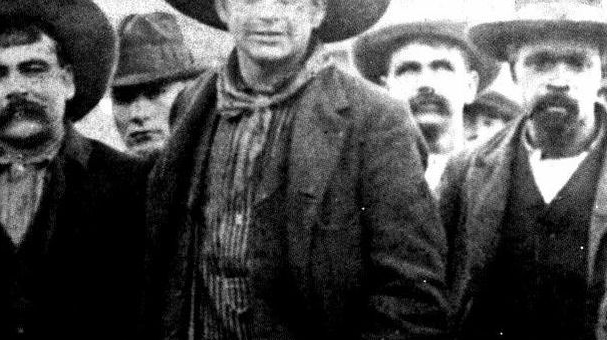
The Wild West was full of danger, fortune, and men who were willing to risk anything for the promise of fame, money, and freedom. In this article, we are going to cover the crazy stunts pulled by several gunslingers from the Old West.
The Gentleman Gunfighter
First, we have Clay Allison.
Born as Robert Clay Allison in 1841, Tennessee, he was the fourth of nine children.
Clay Allison fought for the Confederacy during the Civil War. After the war, Clay and three of his siblings moved out west where Clay became known as being a violent man and seemed to have the ability to get others to follow his lead.
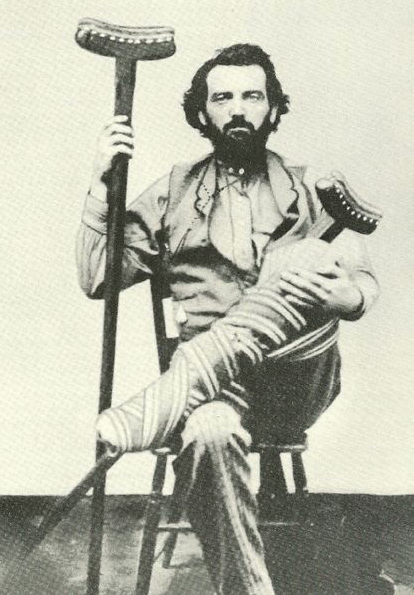
In 1870, Clay led a mob to a small jail in New Mexico. The mob forced a man named Charles Kennedy out of the jail and hanged him for the suspected murders of several people.
But that incident was not the crazy stunt pulled by Clay.
In 1874, Clay met up with a desperado, Chunk Colbert, at a horse race meeting. The two men did not like each other and got into a heated argument.
To settle the matter, Clay proposed that they get on their horses, placed at 100 yards apart, and begin a race towards each other while firing off their guns. First man dead would be the loser.
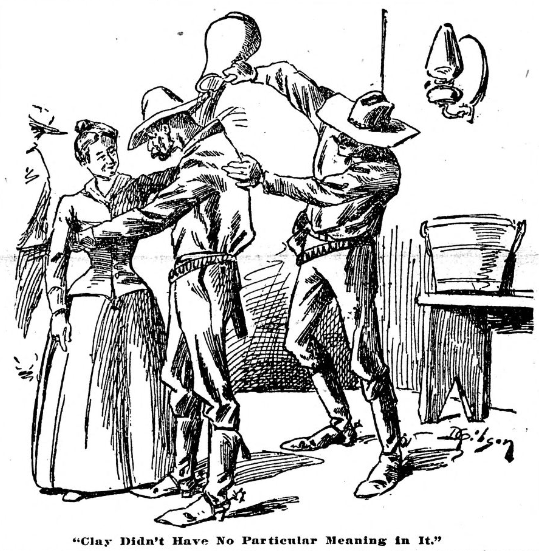
Chunk agreed to the duel just as the dinner bell rang, and Chunk suggested that it would be best to enter Hell on a full stomach, so the men entered the dining room and sat across from each other.
Soup was served, and as Clay raised the soup spoon to his lips, Chunk lifted his pistol and shot at Clay.
Clay ducked and returned fire, shooting Chunk in the head. The man was dead, but Clay was determined to finish his meal. He took his time and ate his food, as well as did the other men in the room who all pretended that nothing had happened.
It is believed that Clay may have killed around twenty men, but many people during this time period stated that he was a reluctant killer and that he only killed when he had to.
Clay Allison met his end during a freak accident in 1887. His wagon, full of supplies, rolled over him and broke his neck.
Jack Slade
More commonly known as Jack Slade, this infamous gunslinger was born Joseph Alfred Slade in Illinois, 1831. He was called “Jack’ from an early age and, according to some historical accounts, showed signs of violent behavior by the age of thirteen.
In 1847, he enlisted in the army and went to fight in the Mexican-American war where he took up heavy drinking.
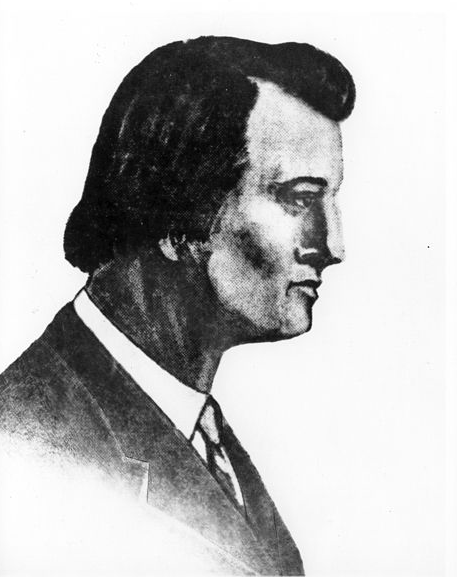
After serving in the war, he went on to get a job with a freight transportation company in 1849. As a teamster, he developed the reputation of a violent man. Rumors surfaced that he had gunned down numerous men and some accounts claimed that he had killed over 20 men.
Being that it was the Wild West and that many people feared Jack Slade, he was never arrested for any of the murders.
Around 1857, the Central Overland Company was having problems with robbers attacking their shipments. Rumors surrounded another employee, Jules Beni, and the company sent Jack to look into the situation and to find out if Beni was leaking information to the robbers about the shipments.
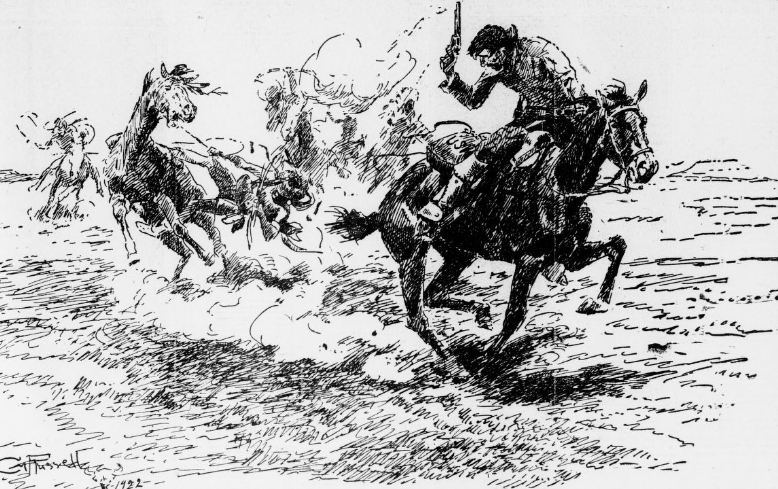
There was an immediate dislike between Jack and Beni and their hatred spilled out into the streets when Beni took a two barrel shotgun and fired both barrels into Jack’s chest and stomach outside a saloon.
While Jack was on the ground, Beni reloaded his gun two more times and shot Jack in the back. He then spat on the ground and, thinking that Jack was dead or close to death, attempted to leave the scene.
The local residents were angry over the shooting of Jack and decided to lynch Beni on the spot.
They strung up Beni, but instead of giving him a quick drop to snap his neck, Beni slowly strangled, turning blue and then black.
Just then, an official from the freight company came forward, and released Beni. Beni was told to leave and never return.
Against all odds, Jack survived the gun wounds.
After being hospitalized for a full year, Jack left the hospital to exact his revenge.
During that year while Jack was on the mend, Beni never left the town where he had attacked Jack, and, according to rumors, was still orchestrating the robberies on travelers and shipments.
Jack sent a group of four men to the area, they found Beni, and held him captive until Jack arrived.
There are several different stories as to what happened next, but they all end the same. Jack killed Beni and then cut off both of the robber’s ears. He pocketed them and would show them off to the curious.
Rube Burrow
Reuben Houston Burrow, born in Alabama, 1855, began early adulthood working on a farm and then a ranch. Reports of Rube’s early life show that he had a fascination with outlaws, crime, and, of course, Jesse James. After his first wife died of yellow fever and his second marriage was a failure, he followed his boyhood dreams and became a rather infamous train robber.
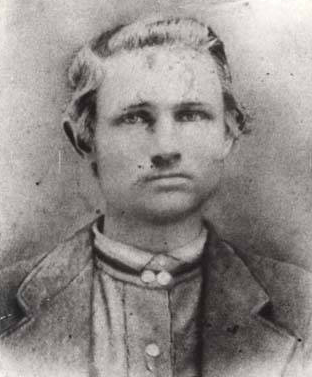
He robbed his first train in 1886, and went on to rob several more trains until his death in 1890 at the age of 34.
There were numerous legends about Rube, and he was often portrayed as a sort of Robin Hood who only stole from the wealthy and provided aid to the weak and poor. In one legend we hear that a widow had fed him a good meal while he was on the run. When Rube learned that the widow’s home was about to be foreclosed if she did not come up with the $700 she owed on the property, Rube gave her the money and told her to make sure that she got a receipt for it.

When the banker arrived at her home, she paid him the money, got her receipt, and was finally in the clear to live out her days in her home. Meanwhile, Rube had hid himself in the woods, and when he saw the banker leave the widow’s home, he robbed him and got his money back.
Cherokee Bill
Crawford Goldsby, known as Cherokee Bill, was born in Texas, 1876.
By the time Crawford turned 18, he was destined for a quick end. He began drinking heavily and eventually got into a dispute with another man and shot him.
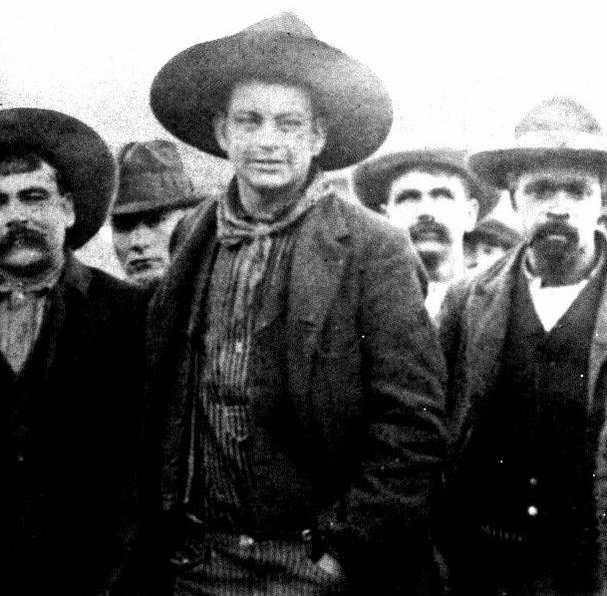
Afterwards, he went on the run and hooked up with other outlaws. He joined the Cook Gang and became a terror in the Indian Territory.
He was accused of having killed numerous men, including his brother-in-law, a railroad man, and a lawman.
Cherokee Bill had numerous run-ins with the law, but he was finally captured in 1895 and went to trial for the murder of Ernest Melton. He was found guilty and sentenced to hang in Arkansas.
After sentencing, Cherokee Bill became obsessed with trying to escape the federal jail at Fort Smith.
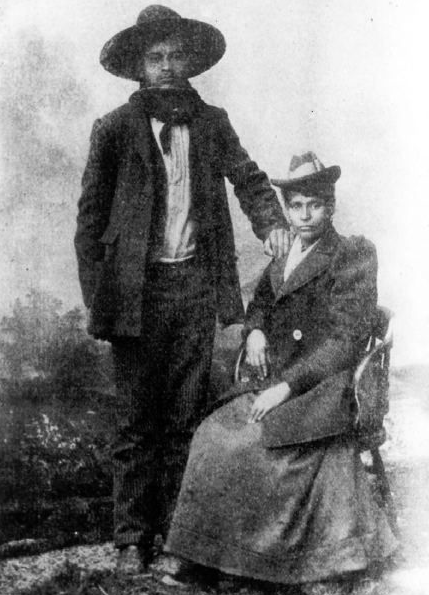
At one time, a fully loaded revolver was found hidden in a bucket. Cherokee Bill’s cell hid another 9 cartridges for the gun.
In the summer of 1896, Cherokee Bill pulled a stone out of his cell room wall and pulled out yet another hidden gun. He used it to attempt his final escape from the jail.
Pandemonium broke out as Bill began firing off his weapon. The other men on Death Row started to riot and there was a standoff.
Incidentally, a friend of Bill’s was also on death row. Henry Starr managed to talk to Marshal Crump and offered to get the gun from Bill.
Henry Starr succeeded and, in turn, his death sentence was cancelled.
After numerous trials and attempts to get out of his death sentence, Cherokee Bill was taken to the noose on March 17, 1896. He died at the age of 20.
The Wooden Gun
Thomas Hamilton Blanck was born in 1870 under the name Michael Hogan, Jr. It is unclear why he changed his name, unless it was an attempt to escape past deeds.
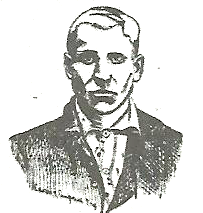
Thomas had committed numerous robberies and murders throughout his short 24 years of life. In late 1894, Thomas was arrested for the murder of a bartender.
During his trial, his defense lawyer attempted to prove that Thomas was insane, but no one believed it. Instead, he was found guilty of first-degree murder and was sentenced to hang.
Thomas attempted to reduce his sentence, but all this did was delay his date with the hangman’s noose.
As he sat in jail, Thomas got his hands on some wood from a broom handle and a piece of wooden shelf. Using a makeshift knife, he carved the wood into the shape of a gun. He then covered it with tin foil from cigarette packages to make it look like a real gun.
On March 17, 1895, Thomas used his fake gun to force the jailer to open up his cell door. As soon as the cell door was open, Thomas tied up the jailer and locked him in the cell. He then released ten other inmates.
A few days later, Thomas was spotted walking along a railroad track. Two deputies approached him, but Thomas had already decided that he was not going back to jail alive. A shootout ensued and Thomas Blanck died of several gun wounds.
The Man Who Killed Jesse James
Robert Newton Ford, born in 1862, was most notably known for being “the man who shot Jesse James.” According to the stories handed down to us, Robert and his brother Charles Ford were members of Jesse James’ gang.
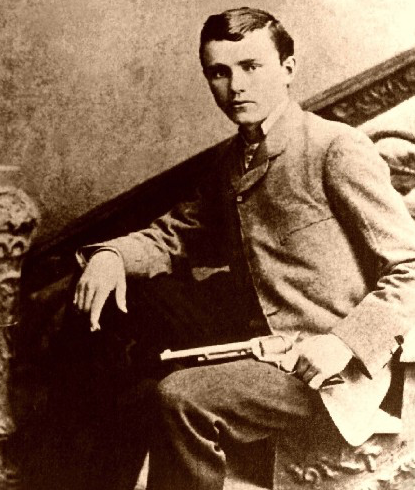
However, there was a well known reward out for Jesse James, dead or alive, and the Ford brothers began secret talks with the authorities. When an agreement was reached, the Ford brothers moved in with Jesse James and his wife. The brothers watched Jesse James like a hawk and were careful not to raise any suspicions as to their cause. Robert and Charles both felt that it was in their best interest to kill Jesse instead of attempting to take him in alive.
On April 3, 1882, the moment to kill Jesse arrived. For the first time in months, the brothers witnessed Jesse remove his pistol belt and stand on a chair to fix a picture that was hanging on the wall. Robert, who was standing right behind Jesse, pulled out his gun and put a bullet through Jesse’s head.
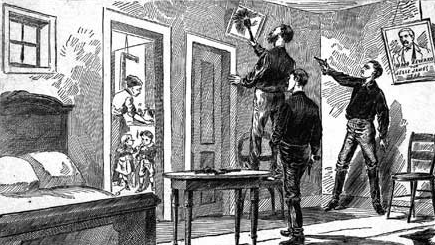
Killing Jesse James had made Robert Ford an extremely unpopular man, and he was viewed as a traitor.
After running a number of businesses in the following years, a man named Edward Capehart O’Kelley, walked into Ford’s tent saloon on June 8, 1892 and killed Ford with a two-barrel shotgun. Edward’s then became known as “the man who killed Robert Ford.”
He Simply Disappeared
Finally, we have Dan Bogan. Born in Alabama, 1860, he began his criminal life at the age of 21 when, after having too much to drink, he and his accomplice, Dave Kemp, killed a man.
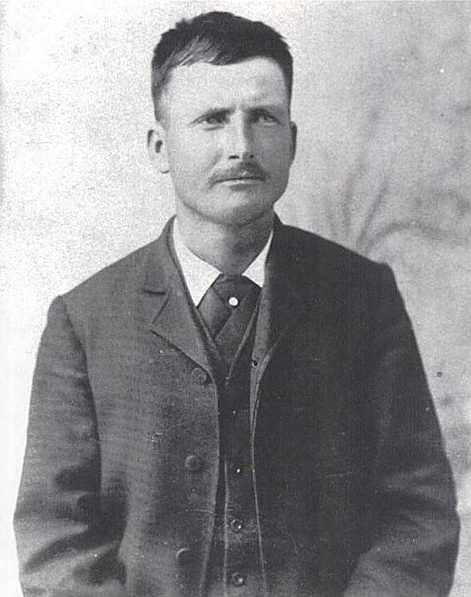
After this incident, Dan became a wanted man in Texas, and he changed his name to Bill Gatlin and, later still, he changed his name to Bill McCoy. Historical accounts state that he managed to escape custody on four different occasions.
By 1887, Dan was once again in custody and had a death sentence hanging over his head. While awaiting the noose, one of his acquaintances got himself arrested and placed in jail with Dan. The acquaintance, a professional safecracker, had concealed saw blades in his shoes, and the two men made their escape by sawing through the bars.
Dan was on the run, and he made his way into Utah, then New Mexico, and eventually to New Orleans, Louisiana. There was a $1,000 reward for his return, dead or alive, but it was absolutely no use. Dan was not going to get caught.
Soon, there were rumors that Dan had taken a ship to Argentina. Other rumors said that he died in Mexico, while the more likely rumor was that he settled down in Texas and lived out his life on a ranch. His new name remains unknown.

